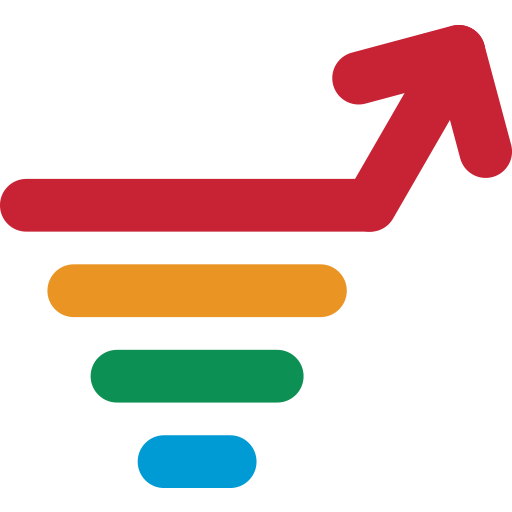To be successful in using marketing information it’s important to have a plan in place from the start.
Set measurable goals
The key to setting useful goals is to specify because the more narrow the focus of a goal is the easier it is to measure your progress towards achieving it. For example, it could mean :
- Increasing the visitor to your website;
- Increasing the number of followers on social media;
- Increasing the number of emails in your leads database from a campaign;
- Determine how much you want to increase those numbers in percentage;
- Choose a key performance indicator to track your progress KPI;
- Establish a time frame in which you’d like to hit this goal;
Using marketing information to support your goals
What does your marketing funnel look like
- Awareness
- Interest
- Evaluation
- Commitment
- Sale
A sale is when a lead has actually spent money on your products\services. They’ve reached the bottom of the funnel and come out to the other side as your client. Typical marketing activities that are focused on moving people from the commitment stage to the sale stage are referred to as bottom of funnel tactics.
Creating goals based upon your marketing funnel
Different types of communication often work well with the different channels
- Conversion rate
- Open the rate
- Click to rate
- Total revenue
- Unsubscribes
- Lead to customer ratio
- Return on investment






